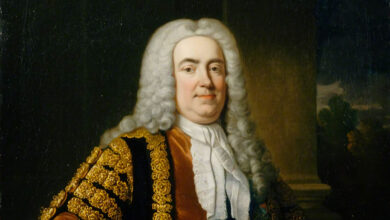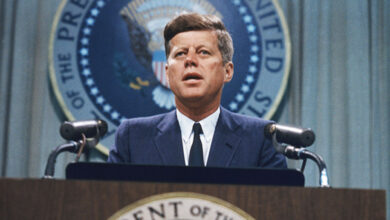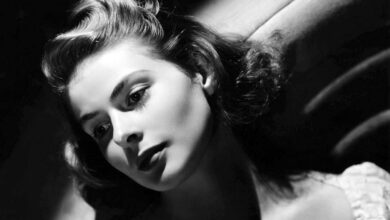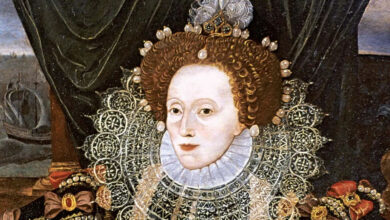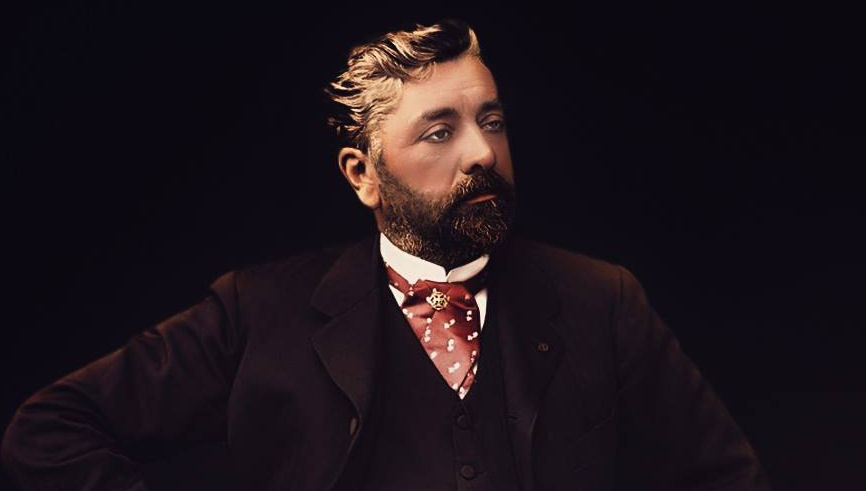
“I ought to be jealous of the tower. She is more famous than I am.” – Gustave Eiffel.
Podcast: Play in new window | Download
Subscribe: Spotify | Amazon Music | Youtube Music | RSS
Gustave Eiffel was born on 15 December 1832 in the city of Dijon, the historical capital of the Burgundy region of France. His family name is Bönickhausen and that is the name under which his birth was registered, but the family took the name Eiffel from the name of the mountains near to where they emigrated from in Germany. Gustave’s surname though, was not formally changed until 1880.
Although close to his parents, his mother especially, due to their work commitments, Gustave lived with his grandmother. His mother sold her business in 1843 and retired.
Although fairly successful with his education, he didn’t take it seriously enough in his early years as he found it boring. However, he learned a lot about chemistry and mining from Jean-Baptiste Mollerat who was his uncle, and who owned a large chemical works and his friend Michel Perret who was a chemist. Due to their influence and that of some of his teachers, Gustave Eiffel went on to attend college at Ecole Centrale des Arts et Manufactures, specialising in chemistry. He graduated in 1855, and Gustave’s mother bought him a season ticket to the World’s Fair, the second of which took place in Paris that same year.
Gustave Eiffel’s first paid job was as secretary to Charles Nepveu who was a railway engineer. Nepveu’s business went bankrupt shortly afterward but some parts of it were acquired by other companies and as Nepveu became managing director of two factories in Paris, he gave Eiffel the job of heading up his research department. Nepveu won a contract to design and build a railway bridge over the river Garonne and Gustave Eiffel eventually took over the project when Nepveu resigned in 1860. As the project was completed on time, Eiffel started to make a name for himself and started to win promotions within the company, but unfortunately, it went into decline and Eiffel resigned in 1865.
He set himself up as an independent engineer and won a number of important contracts including the construction of two railway stations and a number of locomotives for the Egyptian government. He also worked on the iron work for the exhibition hall which was to be used for the 1867 Exposition Universelle. Gustave Eiffel’s work led to him learning a lot about the properties of cast iron.
He continued working on lucrative projects, some overseas and some in France, including two viaducts which were used on the line to Bordeaux from Lyon. One of his overseas contracts was for prefabricated sections of a building which was shipped over to Chile and became the Church of San Marcos in Arica.
Gustave Eiffel entered into a partnership in 1868 with Theophile Seyrig forming a company with him called Eiffel et Cie. The company worked on more lucrative and important contracts in the railway industry, including terminal buildings and bridges and in 1878 Gustave’s reputation was firmly established at that year’s Exposition Universelle as he was responsible for the construction of several buildings at the exposition as well as exhibiting models of work that he and his company had completed in the past.
The following year, Gustave Eiffel’s partnership with Seyrig came to an end and Eiffel renamed the company Compagnie des, Etablissements Eiffel. The company worked on a number of bridges over the next couple of years and continued to further establish Eiffel’s name in the field. It was during this time that he started to work with some of the people who would be involved in the Eiffel Tower project.
In 1881, Gustave Eiffel became involved in the construction of his first World renowned tourist attraction when he was contacted by Auguste Bartholdi, the designer of the Statue of Liberty. Eiffel designed a four-legged pylon structure which supported the main body of the statue which was made from copper sheeting. The whole thing was assembled in Eiffel’s workshops in Paris before being disassembled again and shipped off to the USA.
In 1886, Gustave Eiffel designed what was the World’s largest dome at the time, for the Astronomical Observatory in Nice. The dome was to form a part of the most important building in a complex designed by one of the most vocal critics of the Eiffel Tower, Charles Garnier. As it was a part of an observatory the dome was required to rotate, but Eiffel decided that wheels or rollers would not be suitable for the job. He instead used a system consisting of a ring-shaped hollow girder which floated in a solution of magnesium chloride in water, a process which had been patented by Eiffel in 1881.
Gustave Eiffel had already been involved in the design of the tower which would forever carry his name in 1884 and 1885, making recommendations for changes to the original design by Maurice Koechlin and Emile Nouguier. When a new design was sent to him which incorporated some of his ideas, he bought the rights to the patent on the design. Not much happened after that until after the budget was approved for the 1889 Exposition Universelle in May 1886. A new competition was setup for the design and construction of the centrepiece to the exhibition which Eiffel won and a contract was signed on 8 January 1887. The contract he signed was as an individual rather than on behalf of his company, and it included provision for him to receive all income from the tower during the exhibition and for twenty years afterwards, something which resulted in Gustave Eiffel setting up a new company just to manage the tower. Work on the foundations for what would become the Eiffel Tower was started on 28 January 1887 and work was completed in March 1889.
During the time of the building of the Eiffel Tower, Gustave also was part of an effort to build a canal across the Panama isthmus. The company he was contracted to eventually folded and the directors of the company along with Eiffel, who was simply a contractor were found guilty of misappropriation of funds. Eiffel was sentenced to two years in prison in 1893. This was quashed on appeal, but Gustave Eiffel’s reputation had been badly damaged. He had already resigned from the board of directors of the Compagnie des Etablissements Eiffel. The company changed its name to La Societe Constructions Levallois-Perret as Eiffel had insisted his name be removed. The name of the company would be changed again in 1937 to Anciens Etablissements Eiffel.
After his resignation from his company, and from the construction industry as it turned out, Gustave Eiffel went on to do work in meteorology and aerodynamics, subjects he had gained interest in due to problems he had encountered during his varied construction projects. He built his first wind tunnel at the foot of the Eiffel Tower in 1909, although due to complaints about noise he moved his efforts to Auteuil in 1912 where he built a bigger wind tunnel.
Gustave Eiffel died on 27 December 1923 in his mansion at Rue Rabelais in Paris, whilst listening to Beethoven’s 5th symphony. He is buried in Levallois-Perret Cemetary in the family tomb.
Podcast: Play in new window | Download
Subscribe: Spotify | Amazon Music | Youtube Music | RSS

